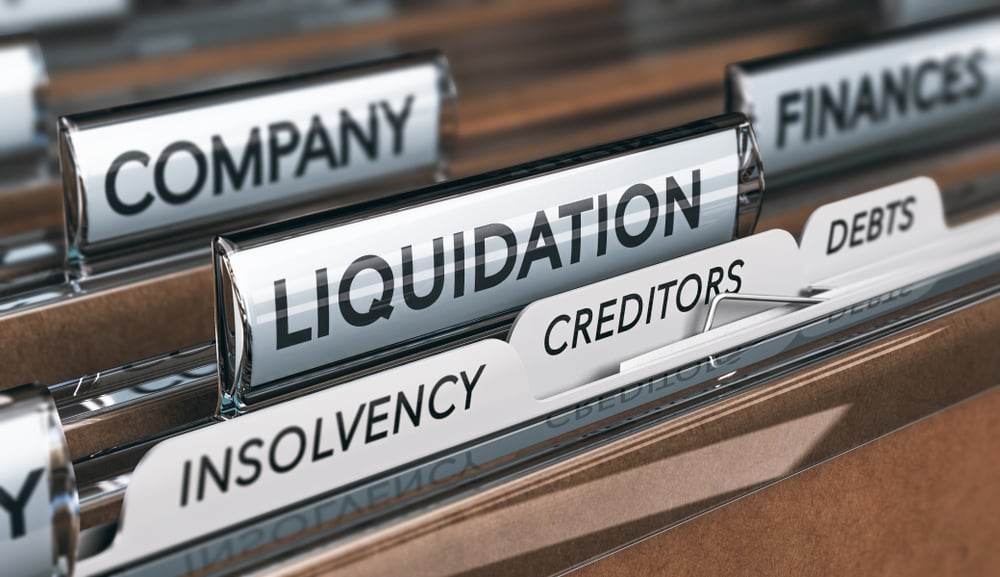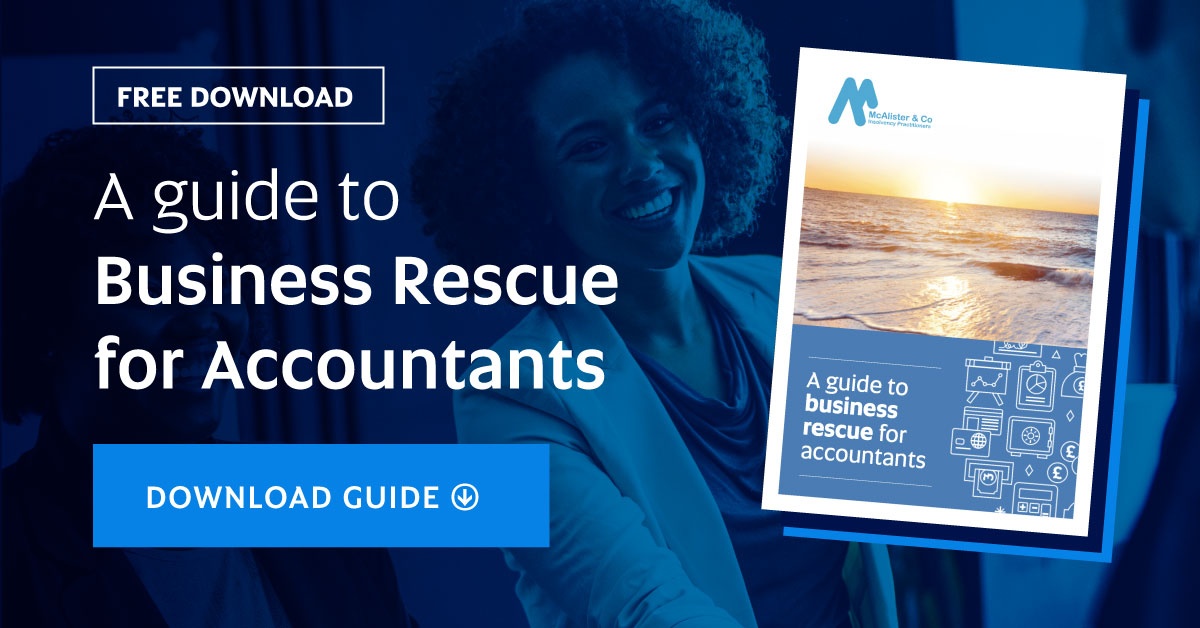As an accountant, you hold a certain amount of responsibility for your client’s finances. One of the worst things an organisation can face is business insolvency. After all, it could lead to disaster and even a complete shutdown of the company. So how can you help prevent insolvency before your client’s business completely goes under? Well, it starts with knowing the warning signs...
What are the early warning signs of company insolvency?
-
Poor cash flow - This is often the first sign that a company is struggling financially, and could result in legal action against the business when debts aren’t paid.
-
Poor financial organisation - This may be evident through their missing tax deadlines, providing incorrect financial information on request, and lack of financial awareness.
-
Loss of key customers/contracts - Losing vital customers can have serious detrimental effects on any business. Hence, the lack of revenue generated from these customers could lead to cash flow problems
-
Loss of key employees - A lack of leadership and/or communication across the company could lead to employees feeling undervalued and stressed. Losing employees due to this could result in an increased strain across the business.
-
Tired products - In the ever-competitive world of business, there are new developments happening all the time. If your client’s products are struggling against its competitors, it could be a warning that these products could start to fail in bringing in profits over time.
-
Increasing tension between stakeholders and directors - A lack of communication between stakeholders and directors could lead to tension and therefore disorgansiation across the business.
-
Fluctuations to budget - If your client’s budget keeps fluctuating, it could be a warning that their finances are not under control.
-
Failure to meet deadlines - Again, a lack of organisation might mean that your client is unable to meet deadlines and trade effectively.

Business insolvency prevention
If your client is showing early signs of business insolvency, it’s important to act quickly and make the directors/owners aware of the issues. If the business has a viable future and the owners accept the need for change, there are things you can do to save the company. A business recovery plan will allow your client to improve their cash flow and trade out of insolvency.
What are the key areas of a recovery plan?
To clear the air and give your client a fresh outlook, you could create a business recovery plan. This should accurately reflect the current state of the company. It may be cost-effective to employ an insolvency practitioner to get this as accurate as possible; a specialist can help find ways to cut costs and take advantage of business insolvency laws. Examining every aspect of your client’s business. we can also help implement a fast and effective action plan. Legal issues should be considered during a business recovery plan. For example, cost savings are often identified.

Let’s get started
Your client’s business recovery plan should identify the most important areas of their business. For example, specify the most vital departments/documents/equipment needed to keep the business running. Next, create a basic operating budget including all expenses and find out what the minimum financing is to keep the business running.
Put things into action
Work with your client by specifying what tasks need to be done should a disaster strike. This will ensure that everyone knows their role during a crisis, minimising confusion and saving time.
Company Voluntary Arrangement (CVA)
If your client’s business is already suffering from several financial issues which are putting the future of the company at risk, it may be advisory to arrange a CVA. This is a very powerful framework for change for a company who is facing difficult financial situations. It’s where the company and its creditors enter into a formal agreement where the company cannot presently pay the debts, but will be able to out of future profits. Your client would need to pay towards their debts for an arranged period of time. Once this period is completed, any remaining debts would be written off.

Referring your client to an Insolvency Practitioner
Of course, it is essential that your client’s business will return to profitability. If this is not possible, this would mean reverting to alternative methods of dealing with business insolvency. Employing an insolvency practitioner is needed for this process and can offer a comprehensive range of services to help our clients through insolvency. Request a free consultation today to find out how we could help your client. 
